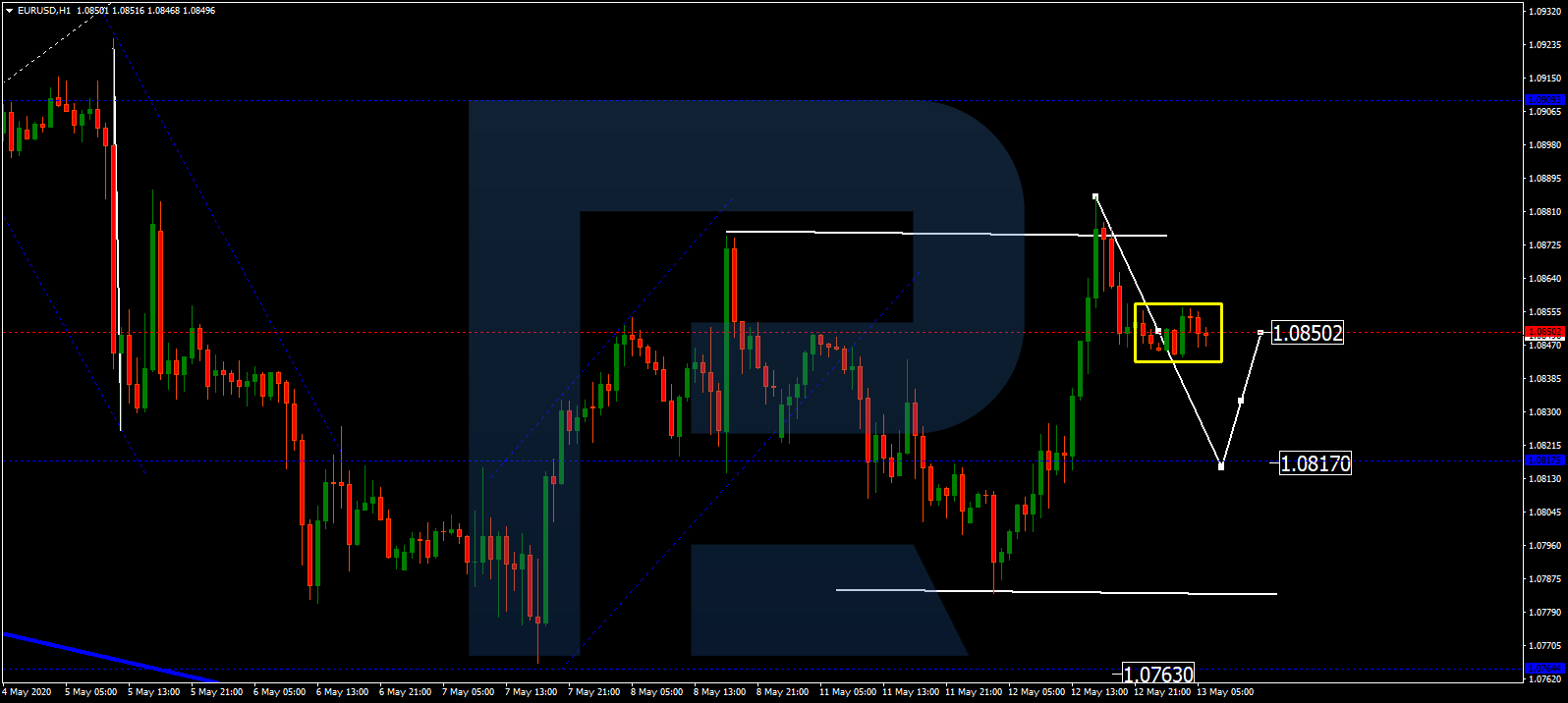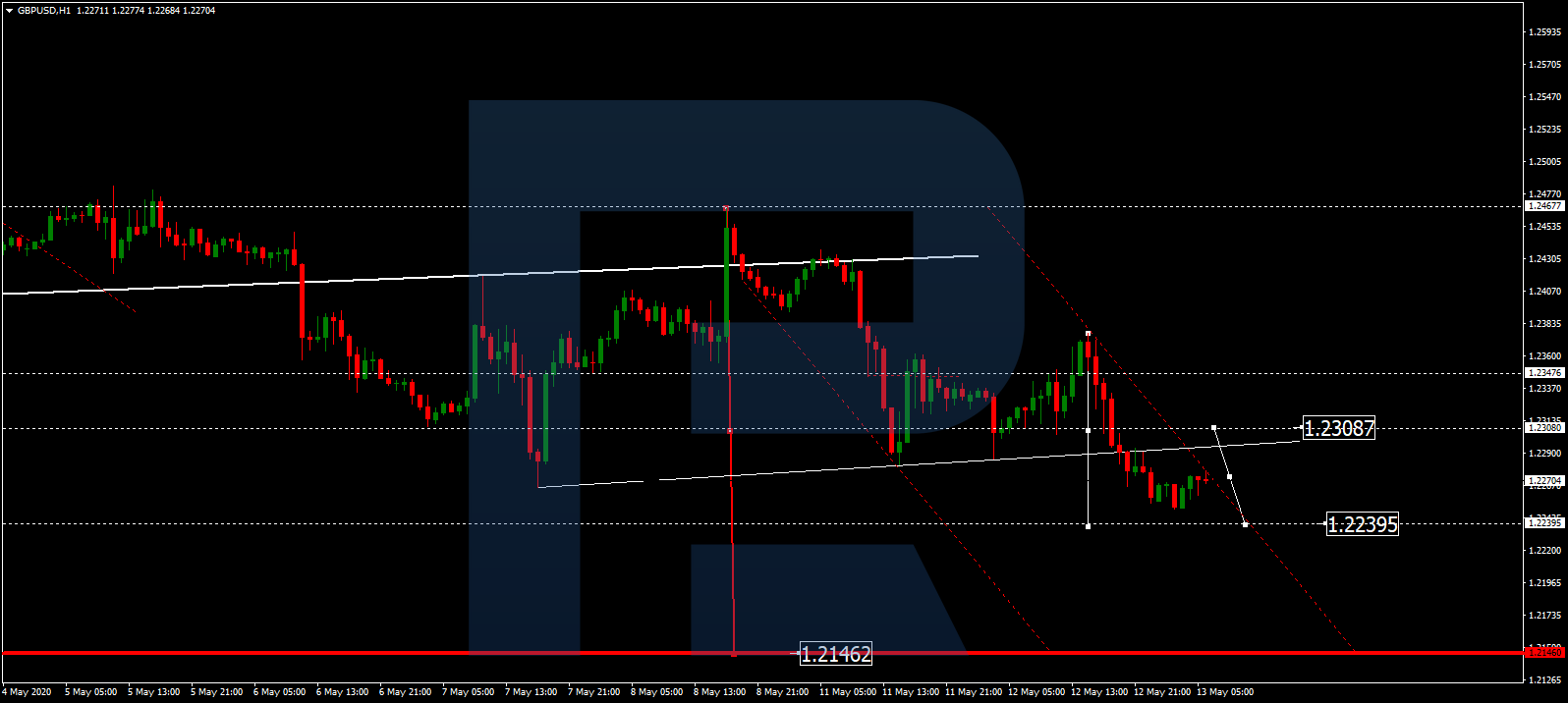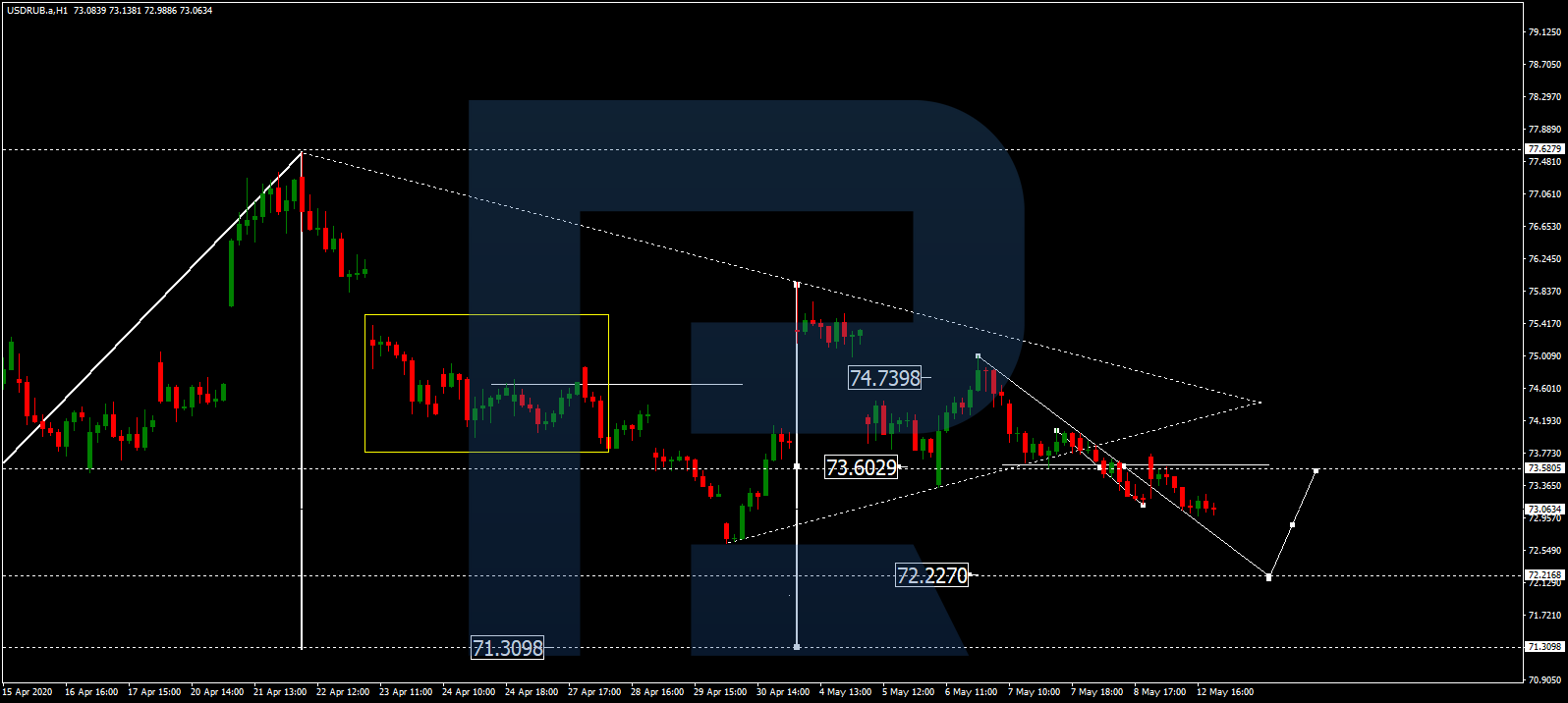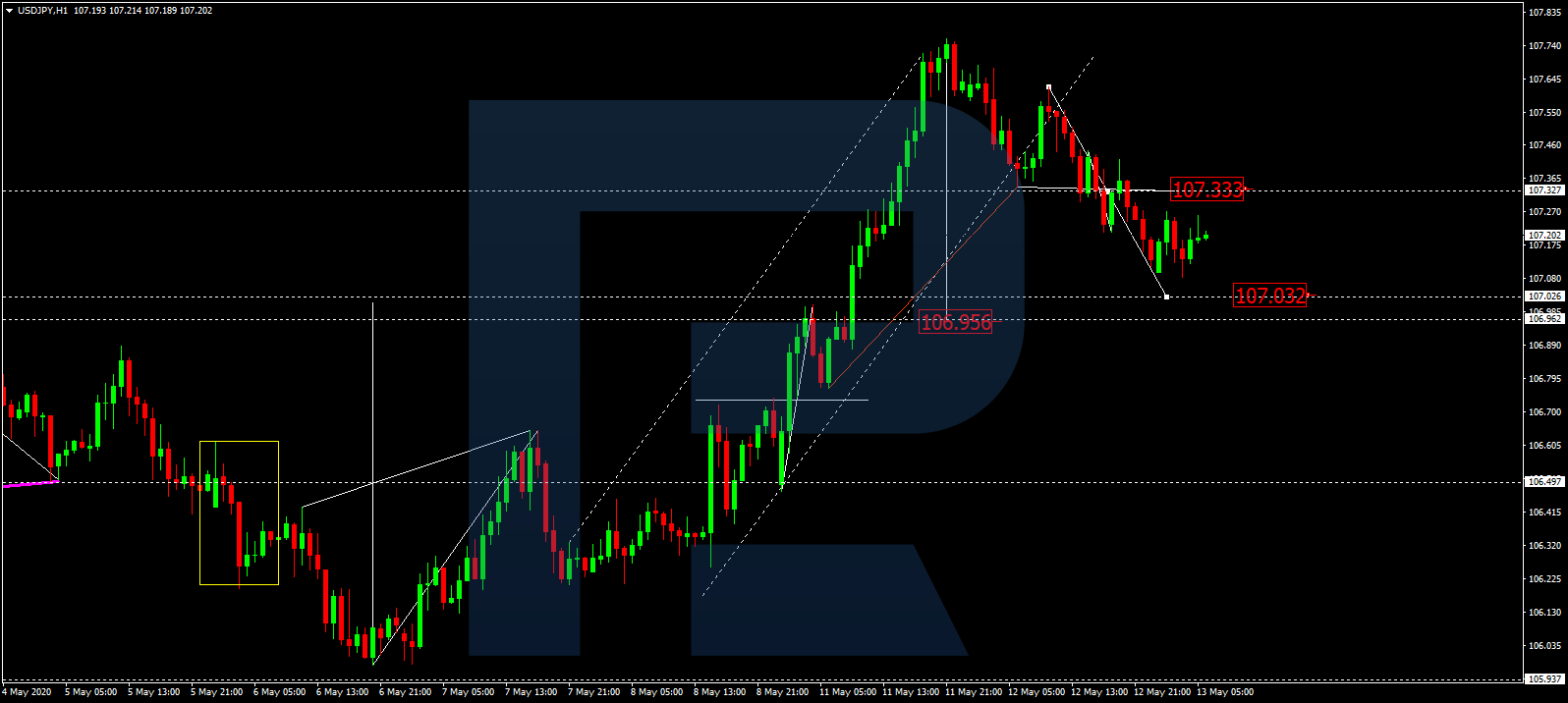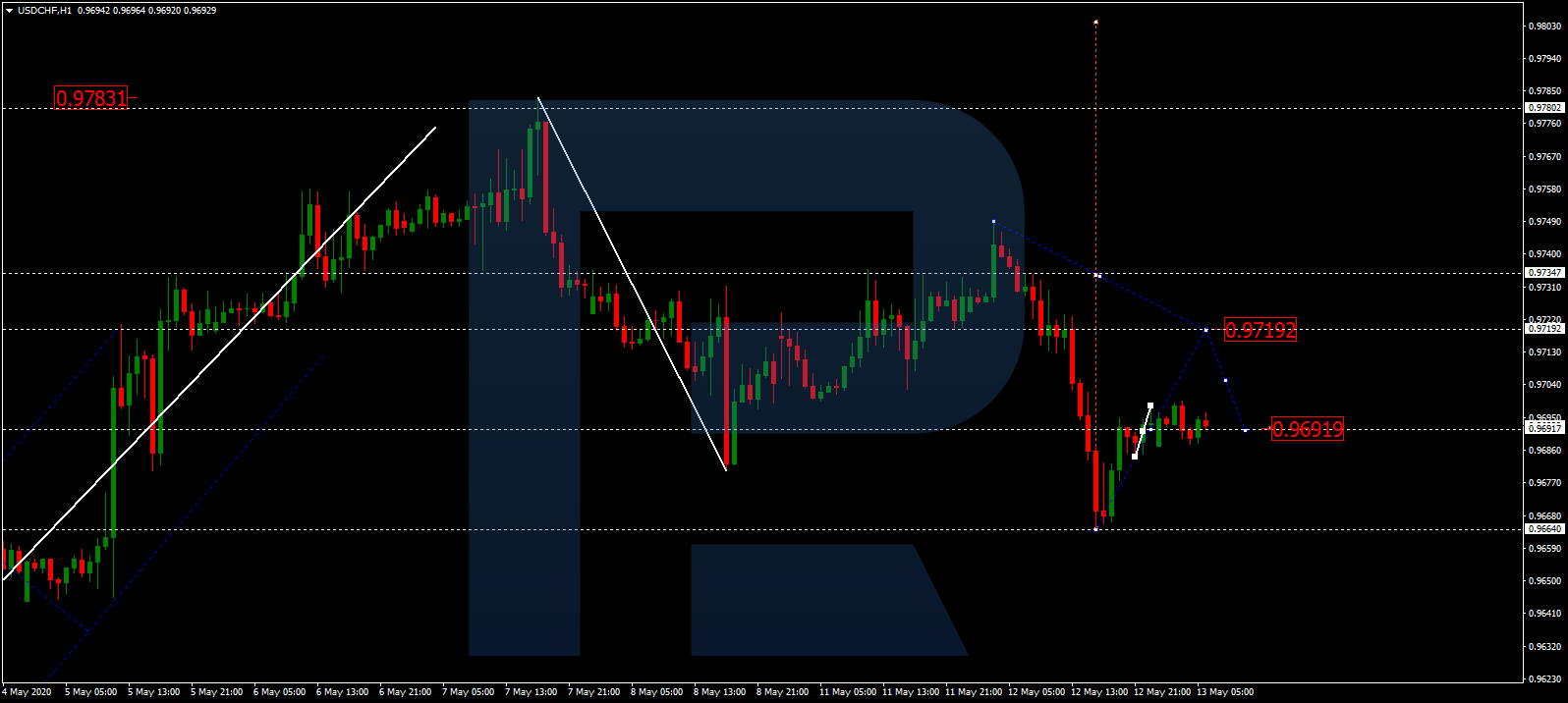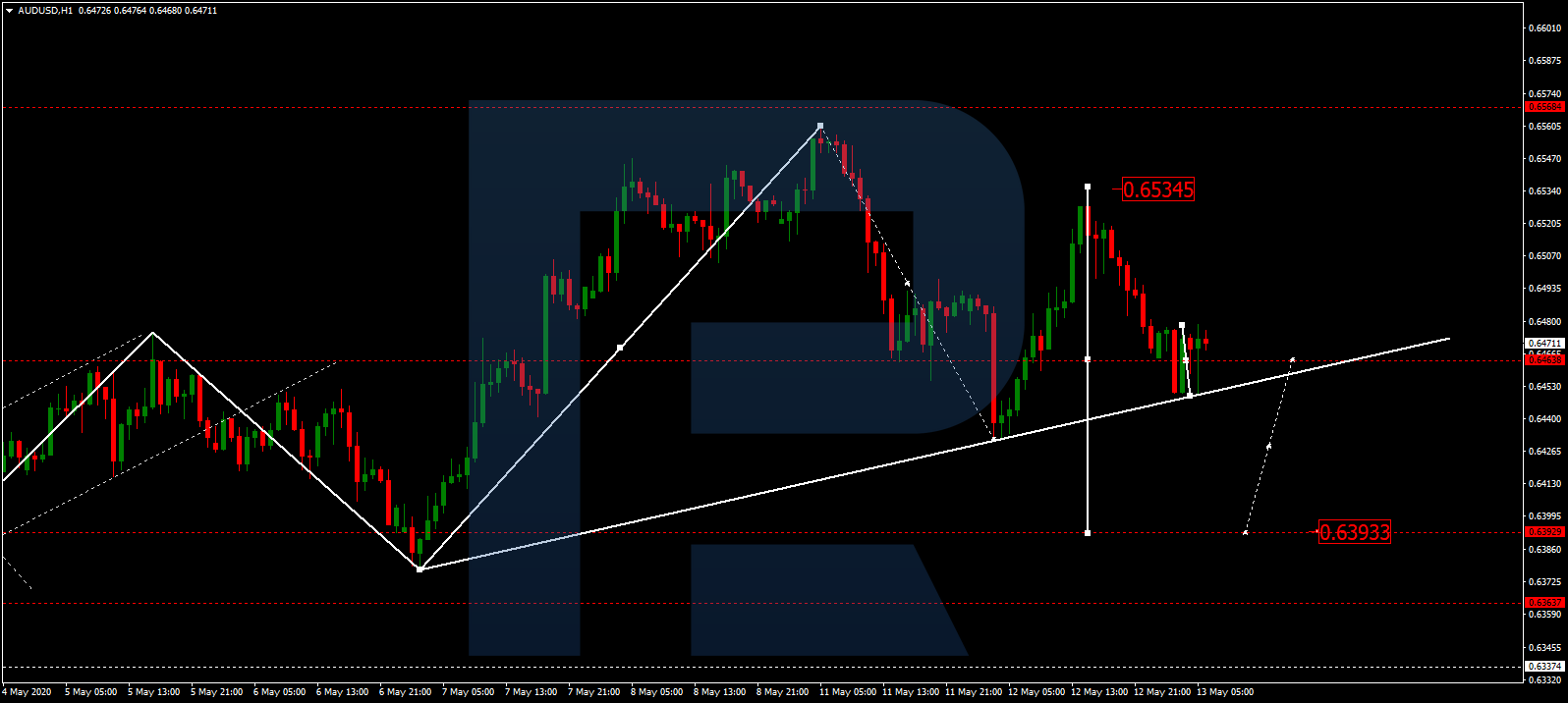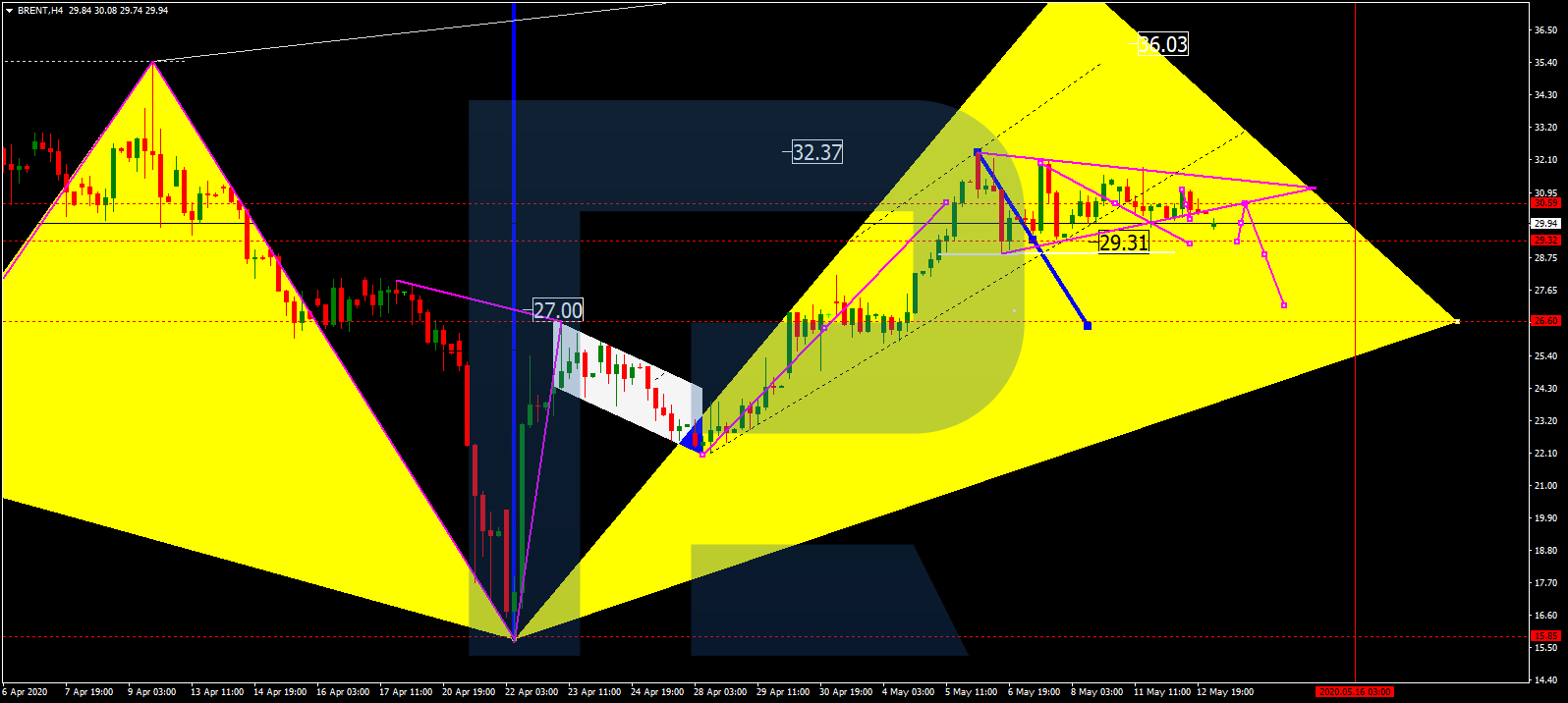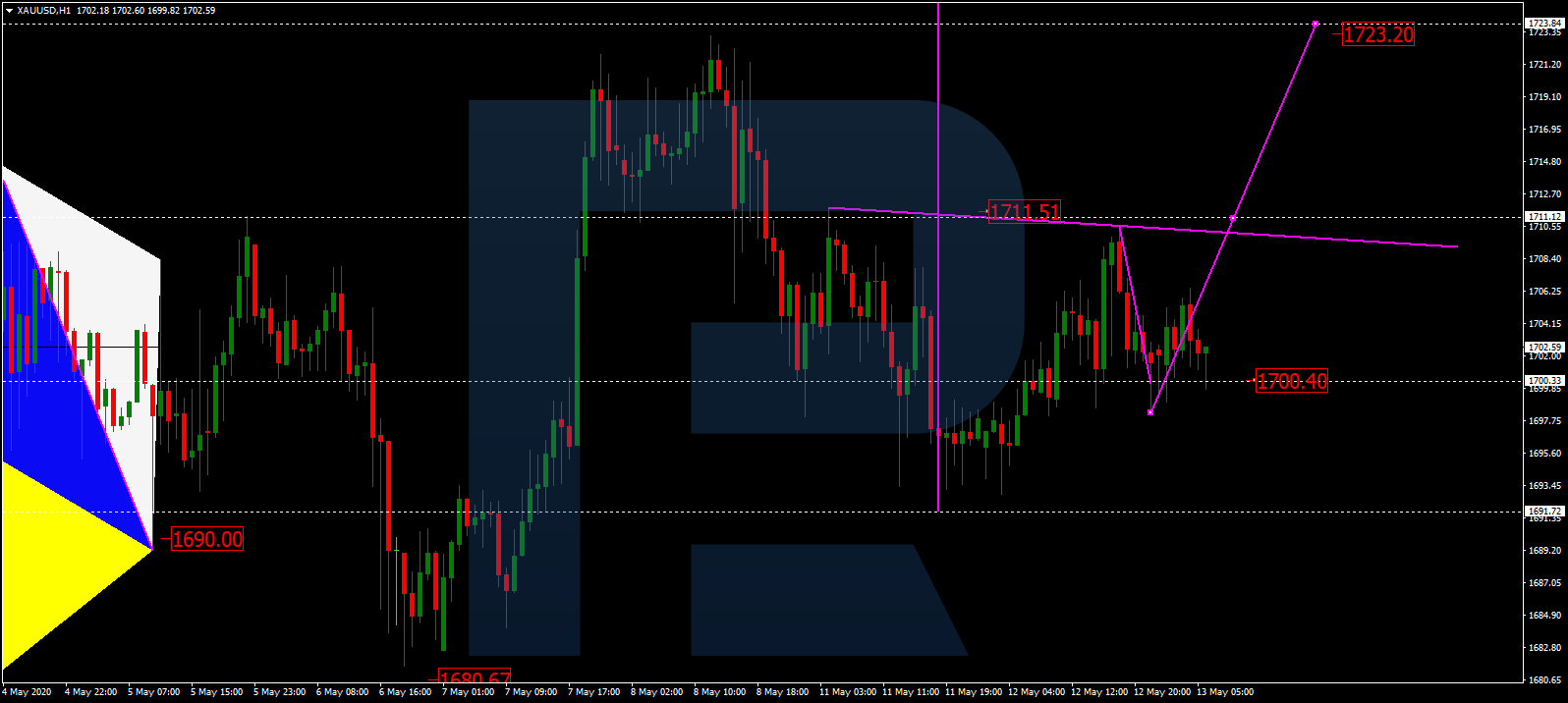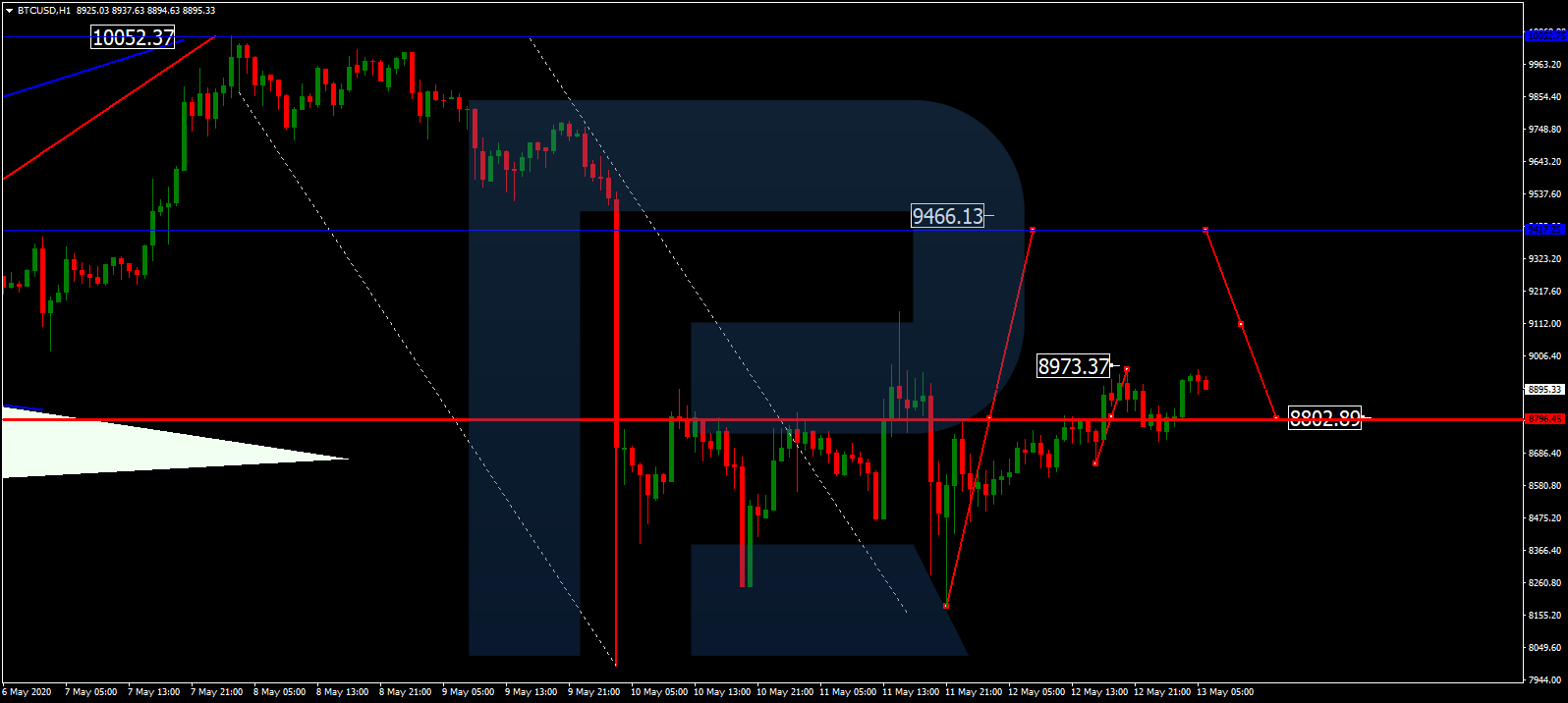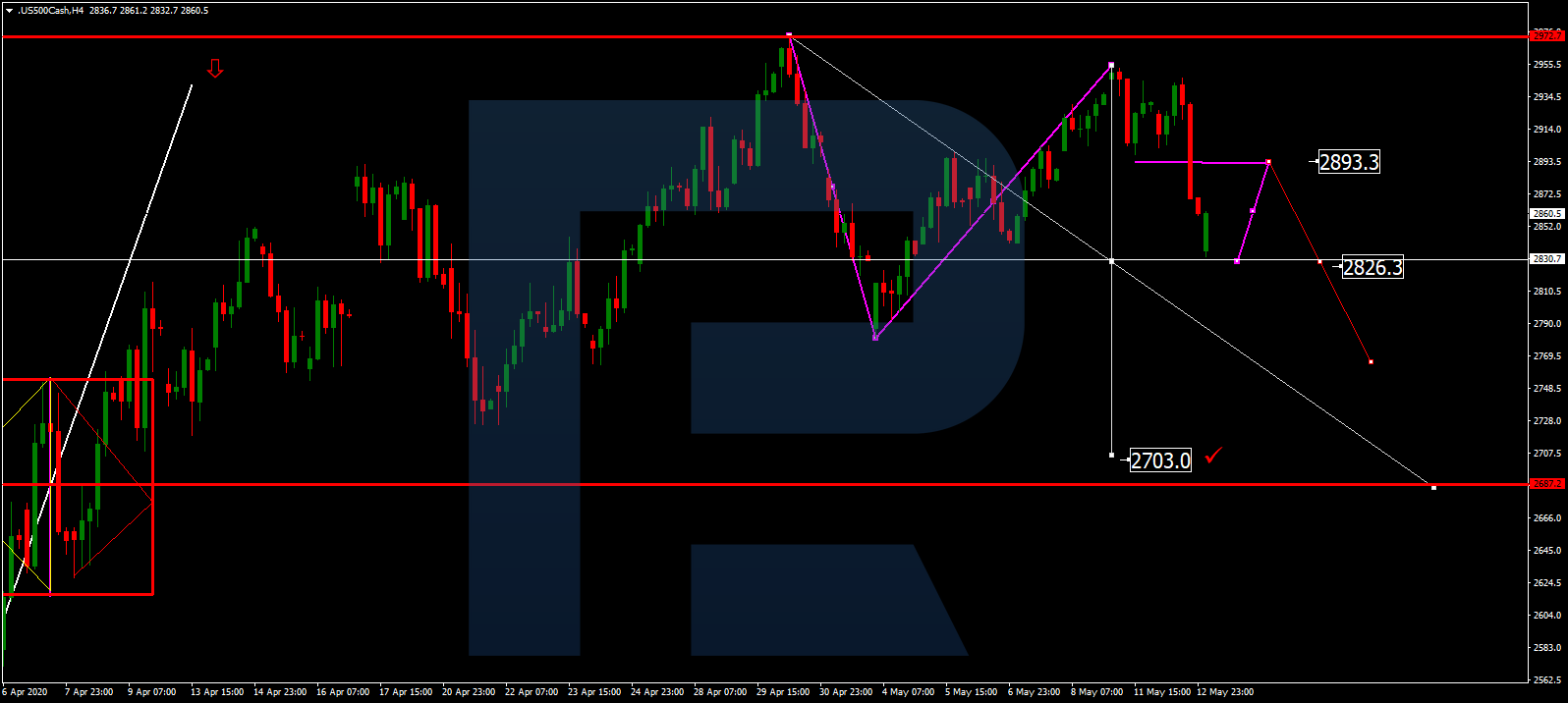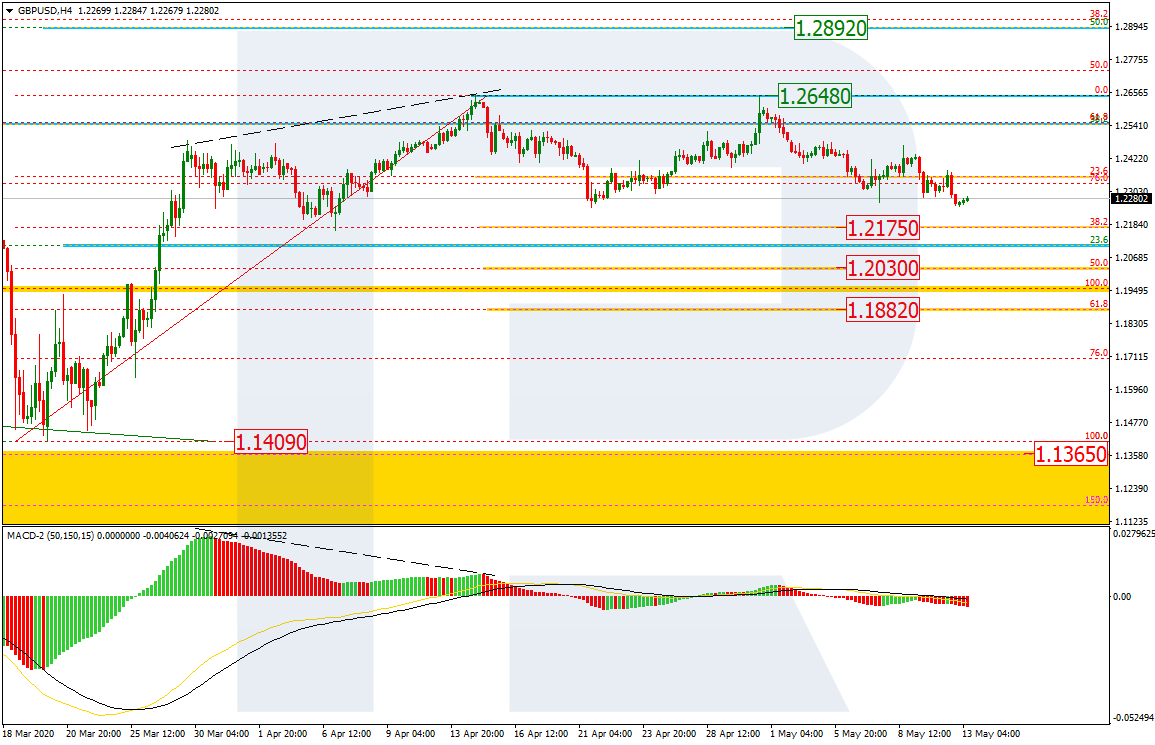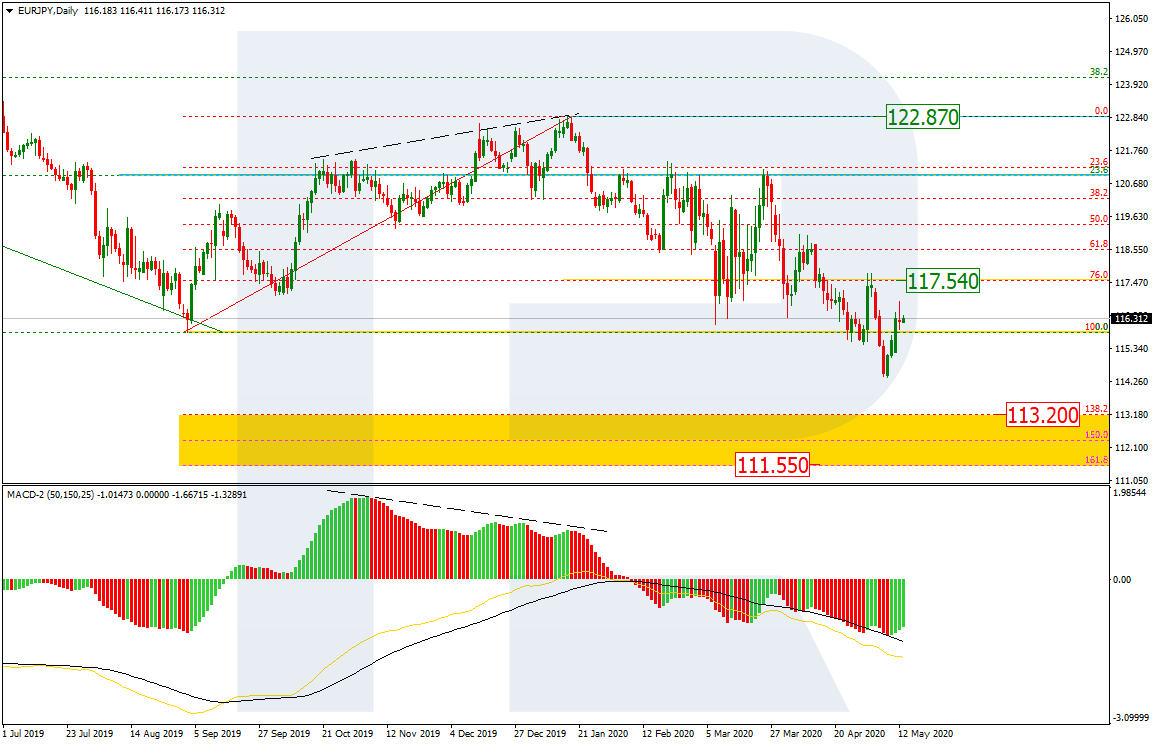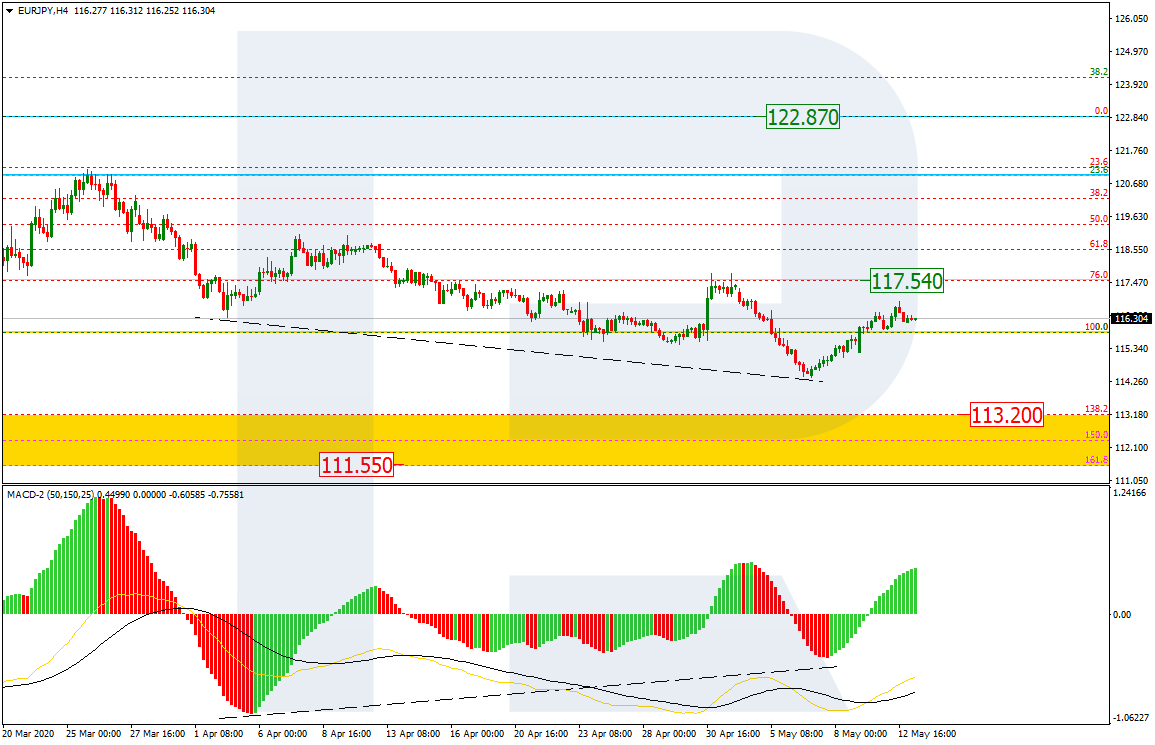By ForexNewsNow
Foreign Currency swaps were originally introduced by the World Bank back in 1981. Its main purpose was to secure loans in foreign currency at lower interest rates. Basically this is a currency exchange agreement, where parties agree to swap interest and principal payments on loans, denominated in two different currencies.
According to the definition, any amount of interest paid or received by a trader is called a Swap. Every currency on the Forex market has its own interest rate, usually determined by the Central bank. If a trader buys a higher-yielding currency and borrows a lower-yielding currency, then he or she will receive interest on daily bases. If the opposite is the case, then a market participant has to pay a swap.
If we see the definition of FX swaps here it basically means that this is the essence of carrying trades strategies, where traders are looking to borrow in lower-yielding currencies and buy higher-yielding currencies in order to receive daily swaps. For many years thousands of professional traders employed this strategy and as a result, earned a significant amount of payouts.
However, the situation has changed dramatically since the outbreak of COVID-19. As late as February 2019, the US Federal Reserve kept interest rates at 1.50% to 1.75% range, the Australian dollar, the UK Pound both yielded 0.75%, the Canadian dollar – 1.25%, New Zealand dollar – 1.00%.
At the same time, carry traders had three major funding currencies at their disposal: the European Central Bank kept rates at 0%, the Japanese Yen and Swiss Francs both had a negative -0.1% and -0.75% yields respectively.
So as we can see even as late as two months ago carry traders had plenty of options to choose from. For example, by opening and keeping long USD/JPY positions a trader could potentially earn up to 1.85% annually on swap payments. Now, this amount of interest does not sound that impressive, but here we have to keep in mind that most Forex traders use leveraged positions.
For example, suppose that a trader used $10,000 with 1:20 leverage and opened a $200,000 long USD/JPY position. From this, he or she might earn up to $3,700 per annum or approximately $308 per month. This represents a 37% annual return, considerably better payout compared to any savings accounts or dividend stock yields.
Here it might be helpful to point out that the heavy majority of brokers do not pay the exact yield difference between two currencies. The actual amount of swap might be slightly lower than that, yet still, for years traders could have earned significant payouts.
New Reality with Forex Swaps
As the COVID-19 concerns started to affect the markets, major central banks one by one started cutting rates dramatically. Nowadays all those higher-yielding currencies, USD, GBP, AUD, CAD, NZD have their interest rates between 0.1% to 0.25%. Consequently, the potential returns from carrying trades have diminished significantly. Yes, theoretically a trader with some brokers can still earn up to 0.35% annual return from holding a long AUD/JPY position, however, this is more than 5 times less return, compared to the above example.
Obviously this state of affairs might not persist for very long, maybe from next year, some central banks might consider hiking their key interest rates, and consequently, there might be more opportunities for carrying trades.
However, for now, traders have two options. Firstly they can increase their trading balances considerably. For example, instead of depositing $10,000, one can invest $50,000 and earn roughly similar returns from holding long AUD/CHF or NZD/JPY positions, as traders earned with USD/JPY before the outbreak of the COVID-19 pandemic. This might work for some people, but many traders might not be comfortable with depositing such large amounts or some of them might simply not afford to do that.
The second option is to buy higher-yielding emerging market currencies. For example, the South African Reserve Bank still keeps its key interest rate at 4.25%, Russian Ruble has a yield of 6%, the Turkish Lira – 8.75%. The main issue here is that those currencies have much higher inflation rates and most of them have a history of long term depreciation against major currencies. In fact, according to Bloomberg, some of those central banks are already cutting their rates. Therefore opening and holding short USD/RUB or EUR/ZAR positions for a long time might be riskier, than most traders are comfortable with.
In conclusion, Foreign Currency swaps are much less profitable and attractive today, then even months before, but it is up to an individual to decide if it’s worth investing in them.
By ForexNewsNow
